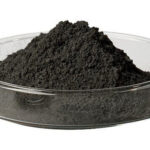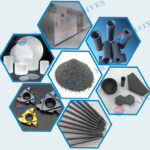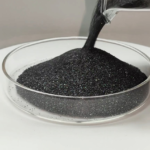
Common bulletproof ceramic materials
Common bulletproof ceramic materials There are many bulletproof ceramic materials. These are the most commonly used ones, including alumina, silicon carbide, boron carbide, silicon nitride, titanium boride, etc. Among them, alumina ceramic (Al2O3), silicon carbide ceramic (SiC), boron carbide ceramic ( B4C) is the most widely used. Alumina ceramics have the highest density, but relatively


